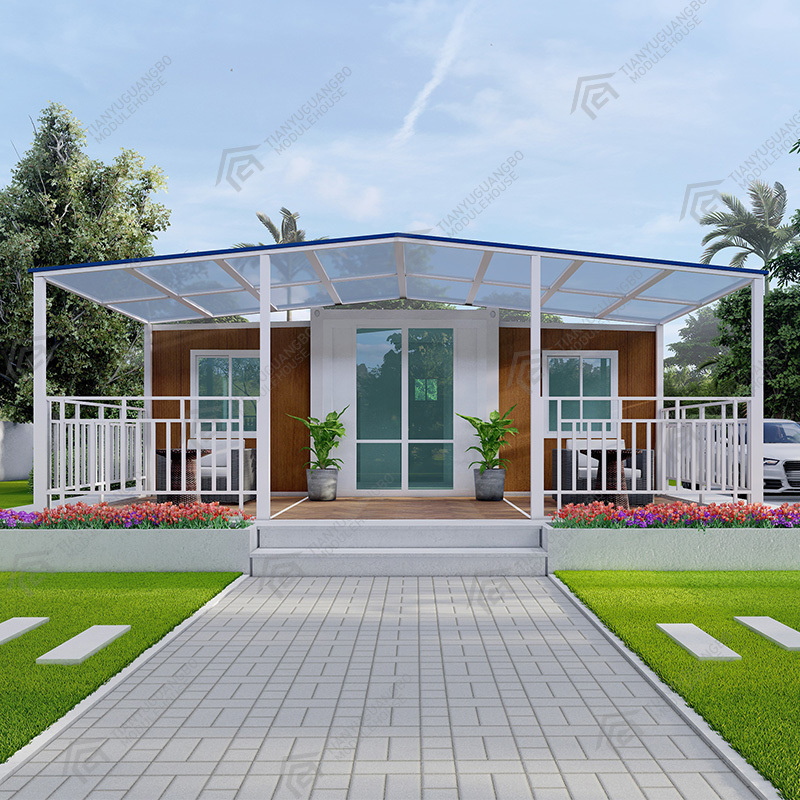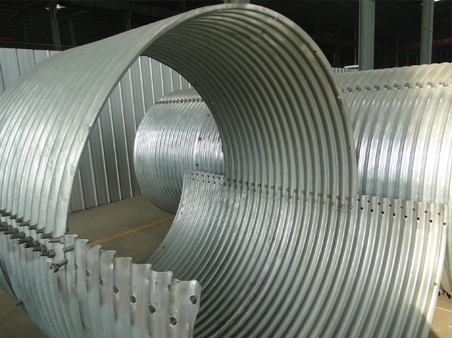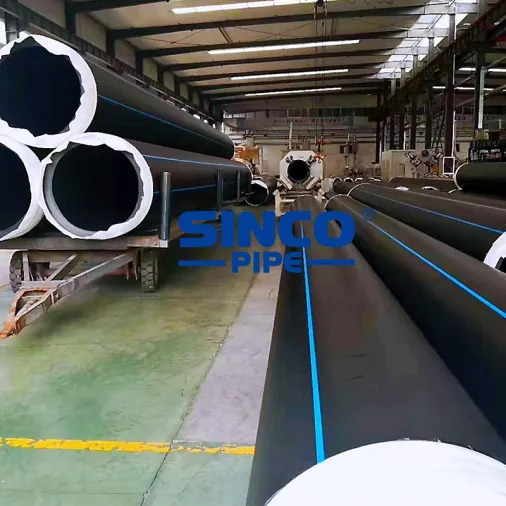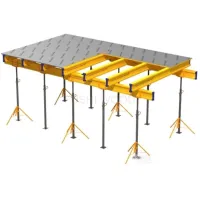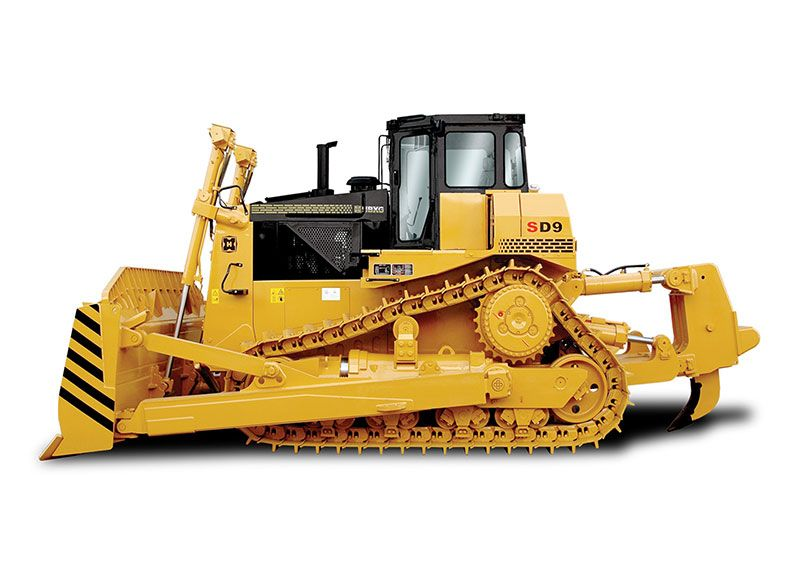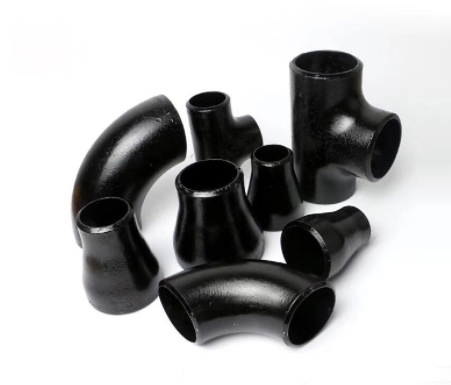How to build a expandable container house?
In the realm of innovative and sustainable architecture, the concept of expandable container houses has gained significant attention. These modular and eco-friendly dwellings offer a unique blend of functionality, affordability, and environmental consciousness. In this comprehensive guide, we will explore the step-by-step process of building an expandable container house, highlighting the key considerations, benefits, and potential challenges.
Choosing the Right Container
Understanding Container Types:
The first step in building an expandable container house is selecting the right containers. Shipping containers come in various sizes, with the most common being 20 feet and 40 feet in length. Consider factors such as the intended use, available space, and local building regulations when choosing the container size. High-cube containers, which are taller than standard ones, offer additional vertical space for creative design elements.
Checking Container Condition:
Inspect the chosen containers thoroughly for any signs of damage or corrosion. While used containers are cost-effective, ensure they are structurally sound and meet the required standards. Aesthetically pleasing and well-maintained containers may reduce the need for extensive modifications.
Designing the Layout and Configuration
Planning the Layout:
Before starting any modifications, create a detailed floor plan that outlines the desired layout and configuration. Consider the placement of rooms, windows, and doors to optimize space and natural light. The beauty of expandable container houses lies in their flexibility, allowing for customizable designs that cater to individual preferences and needs.
Integrating Expandable Features:
Define the areas that will expand and contract to accommodate changing needs. This may include slide-out sections, foldable walls, or pop-up roofs. These features are essential for maximizing space while maintaining a compact footprint when the expanded configuration is not required.
Insulation and Climate Control
Insulation Materials:
Container houses, by nature, can become too hot or too cold without proper insulation. Choose insulation materials that provide thermal efficiency and are suitable for the local climate. Common insulation options include spray foam, rigid foam boards, or eco-friendly alternatives like recycled denim insulation.
Ventilation and Climate Control:
Ensure proper ventilation to prevent moisture buildup and maintain indoor air quality. Consider installing energy-efficient heating and cooling systems, such as ductless mini-split systems, to create a comfortable living environment year-round.
Cutting and Welding Modifications
Cutting Openings:
To create windows and doors, cutting openings into the container is necessary. Use specialized equipment like plasma cutters or angle grinders for precise and clean cuts. Reinforce the cut edges with steel framing to maintain structural integrity.
Welding Structural Elements:
Welding may be required to add structural elements such as supports for expanded sections or additional floors. It is crucial to follow welding safety protocols and, if unfamiliar with welding, seek professional assistance to ensure a secure and stable structure.
Plumbing and Electrical Systems
Installing Plumbing:
Plan the plumbing layout and install water supply and drainage systems. Utilize compact and efficient fixtures suitable for smaller living spaces. Consider alternative plumbing solutions, such as composting toilets and greywater recycling, to enhance sustainability.
Wiring and Electrical Components:
Design the electrical layout with the placement of outlets, switches, and lighting fixtures in mind. Use electrical wiring and components that adhere to safety standards. Consider energy-efficient appliances and lighting options to minimize the environmental impact.
Types of Curtain Wall Systems
Materials Used for Bridge Expansion Joints: Ensuring Structural Integrity and Safet
Advantages of Hot Dipped Galvanized Water Tanks for Rural Water Storage
What is MDF medium density Fibreboard?
5 Easy Ways to Repair Pool Tiles
Are Expandable Container Houses Eco-Friendly and Sustainable?
Cooling Innovation: Glass Wool Air Conditioning Panels for Efficient Climate Control
Exterior and Interior Finishes
Exterior Finishes:
Choose exterior finishes that not only enhance aesthetics but also protect the container from weathering. Weather-resistant paints, cladding materials, or even green living walls can be incorporated to blend the container house seamlessly with its surroundings.
Interior Finishes:
Opt for lightweight and space-saving interior finishes to maintain a comfortable yet open living environment. Use multi-functional furniture to maximize utility. Consider eco-friendly materials such as bamboo or recycled wood for flooring and finishes.
Testing and Quality Assurance
Structural Integrity:
Before moving in, conduct thorough quality assurance checks to ensure the structural integrity of the container house. This includes assessing welds, inspecting insulation, and verifying the functionality of all systems. Address any issues promptly to guarantee a safe and durable living space.
Permits and Compliance
Local Building Codes:
Throughout the construction process, adhere to local building codes and regulations. Obtain the necessary permits before commencing any modifications to avoid legal complications and ensure compliance with safety standards.
Benefits of Expandable Container Houses
Cost-Effectiveness:
Building with shipping containers is often more cost-effective than traditional construction methods. The use of recycled containers can further contribute to sustainability efforts.
Sustainability:
By repurposing shipping containers, you contribute to sustainable building practices by reducing the demand for new construction materials. Additionally, the adaptability of container houses allows for the incorporation of eco-friendly features.
Modularity and Flexibility:
The modular nature of container houses provides flexibility in design and configuration. It allows for easy expansion or contraction based on changing needs, making it an ideal solution for dynamic living spaces.
Challenges and Considerations
Building Codes and Zoning Restrictions:
Navigating local building codes and zoning restrictions can be challenging, as regulations may vary. Consulting with local authorities and professionals familiar with container construction can help address potential hurdles.
Insulation and Climate Control:
Achieving optimal insulation and climate control in a container house requires careful planning. In extreme climates, additional measures may be needed to ensure comfort and energy efficiency.
Professional Assistance:
While many aspects of building an expandable container house can be tackled by DIY enthusiasts, certain tasks, such as welding and structural modifications, may require professional expertise. Seek assistance when needed to ensure safety and compliance.
Conclusion: A Sustainable Haven
In conclusion, building an expandable container house is an exciting journey that combines creativity, sustainability, and functionality. From choosing the right containers and designing a flexible layout to addressing insulation, plumbing, and electrical systems, each step contributes to the creation of a unique and eco-friendly living space. While challenges exist, the benefits of cost-effectiveness, modularity, and sustainability make expandable container houses an appealing option for those seeking a modern and environmentally conscious lifestyle. As we embrace innovative solutions in architecture, the expandable container house stands as a testament to the endless possibilities of creating sustainable havens that adapt to our evolving needs.
Featured content:Applications and Installation Tips for Glass Wool with Aluminum Foil
How Far Can Cable Tray Support Span?
What Is a Hydraulic Control Structure?
Are HDPE Sewage Pipes Suitable for Extreme Weather Conditions?
What are composite panels used for?
What is the Best Color of Granite Headstone?
Innovative Living: The Rise of Expandable Container Houses


